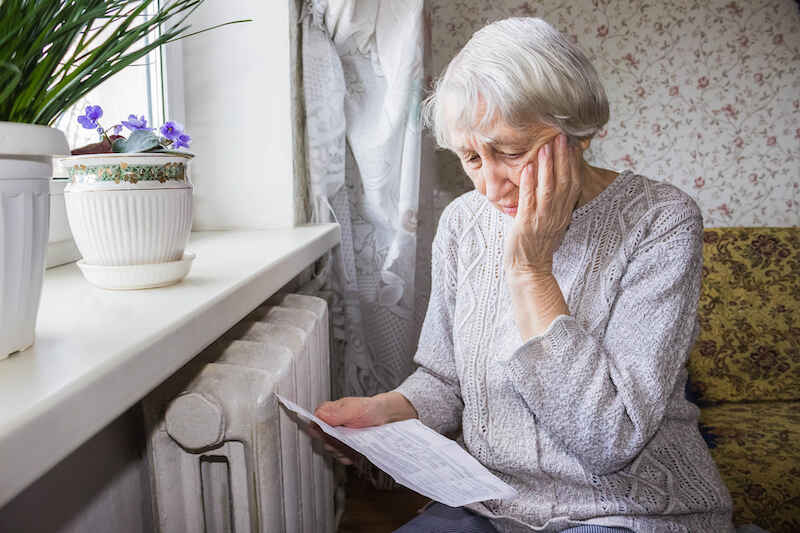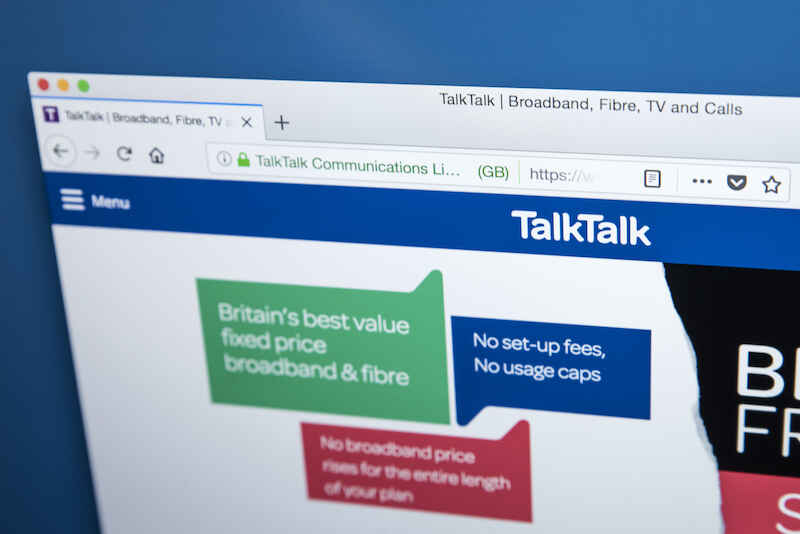Energy Price Cap Could Jump 46% in April

Household energy bills could rise by nearly 50% from April, as the price cap is adjusted to account for the surge in wholesale energy prices and cascade of costly supplier failures.
In Cornwall Insight’s latest forecast, Ofgem will increase the price cap for standard variable energy tariffs by a staggering £588. That would mean households with typical use will pay an unprecedented £1,865 for their gas and electricity.
That’s more than £200 higher than the consultancy’s previous forecast, which in October projected the cap would rise to £1,660 in from the spring.
The cap already stands at its highest level yet—£1,277—after being pushed upward in October. But most of the spiral in wholesale energy prices came after that level was calculated in August, meaning the impact on domestic energy bills won’t be felt until the next revision in April 2022.
Wholesale natural gas prices have been at record highs in Europe throughout the autumn, with the effects of lockdowns strangling supplies as reopened economies consumed more natural gas than expected, particularly when temperatures dipped last winter. The flow of natural gas from Russia has also been slower than usual, with some political watchers suggesting Putin is playing hardball with Europe to win approval for the Nord Stream 2 pipeline.
Already inflated, natural gas prices broke new records in Europe on Tuesday, 21 December as Russian state-owned Gazprom cut off exports through a major pipeline in order to shore up supplies for Moscow, currently experiencing freezing temperatures. As a result, in the UK natural gas prices spiked 20% in a single day to a record 450 pence per therm. In comparison, they were less than a tenth that price—43p per therm—on the same day in 2020.
Wholesale electricity prices are also high: a knock-on effect of high gas prices but also because of low wind levels across Europe this year, outages at nuclear plants, and a fire at a key subsea cable linking Great Britain to France’s electricity grid.
Energy suppliers have struggled to afford these spiralling prices, especially while the prices they charge domestic customers are capped. 26 British energy suppliers have failed since September, deserting more than 4 million customers and leaving a massive bill that all consumers will have to pick up.
Cornwall Insight estimates that the cost of migrating hundreds of thousands of abandoned accounts to surviving suppliers will be approximately £2.4 billion, assuming suppliers will have to purchase additional gas and electricity at wholesale prices to accommodate the customers they have gained. Those costs—which suppliers can claw back through an industry-wide levy—will ultimately add £90 to every household’s energy bills, assuming 27 million households are covering the sum, Cornwall Insight calculated.
Cornwall Insight’s forecasts for the next two levels of the energy price cap—setting energy bills for the summer of 2022 and the winter of 2022-23—already include a £30 annual cost per household to cover the collapse of these suppliers. This figure is based on the 2022-23 charging statements already released by gas distribution operators. (Suppliers can claim back the costs of accepting accounts from failed suppliers from these energy networks, which then pass them onto all suppliers using their infrastructure. Suppliers then hand the costs on to their customers through higher bills.) It’s also based on the record £276 million shortfall in the Renewable Obligation (RO) fund, which supports large-scale renewable generators, because of the huge number of failed and financially struggling suppliers.
More charging statements for energy networks are expected to be released shortly and Cornwall Insight estimates those costs will be £60 per household, taking the total uplift in bills due to energy supplier failures to £90 per household.
And next summer won’t be the end of consumers’ pain. Cornwall Insight forecasts that the cap could then increase to £2,240 per annum for the winter of 2022-23.
Cornwall Insight cautions that Ofgem is already reviewing the price cap’s methodology and any changes to it could impact these forecasts.
“There is still a large amount of uncertainty relating to the level and structure of the cap,” said Dr Craig Lowrey, senior consultant at Cornwall Insight.
“However, with the energy supply sector still dealing with the exit of more than two dozen companies in a matter of weeks, the need to ensure resilience across the entire market is evident. Furthermore, it is not solely domestic customers that are dealing with these new highs in energy costs, as businesses will face their own set of challenges without the protection afforded by the default tariff price cap,” he added.
Among the proposals Ofgem is weighing for the revamped price cap are quarterly, instead of biannual, adjustments. The cap would also be reconfigured to work like a fixed-rate mortgage, with households locking prices in for six months and facing penalties for leaving early.
Read on our blog

With the government poised to implement tough new measures to...

Budget broadband provider TalkTalk has been notifying customers via email...

A year-long investigation by charity Citizens Advice has revealed a...

Education Secretary Nadhim Zahawi has announced a new commitment to...
